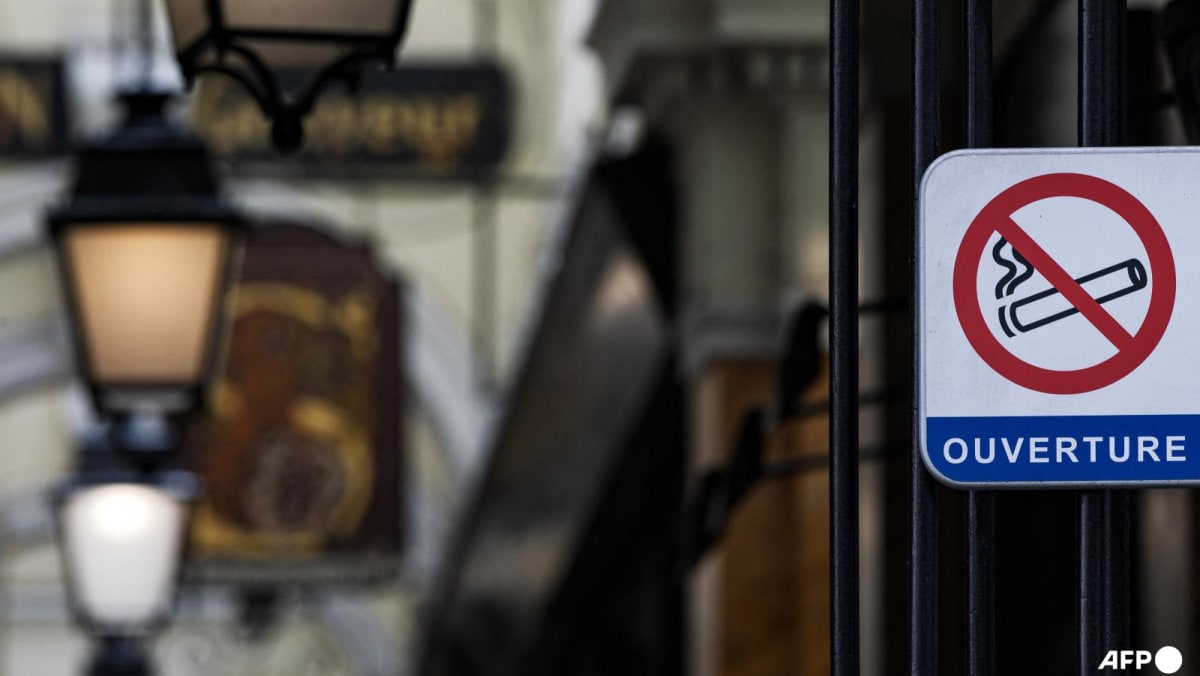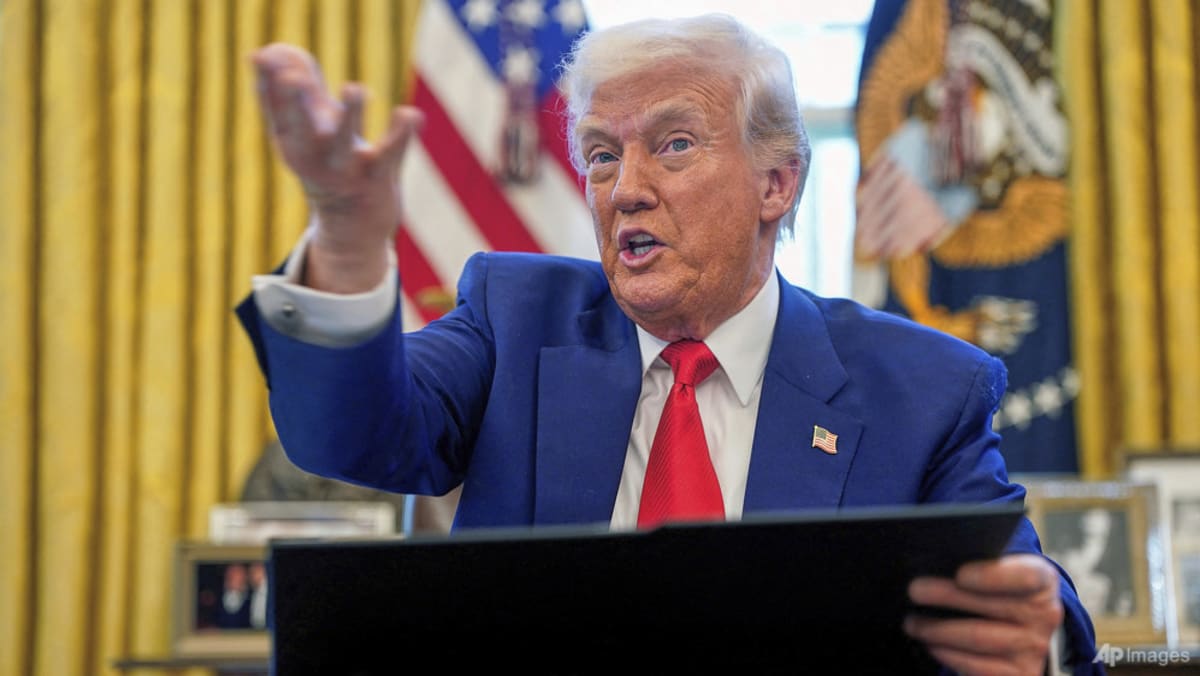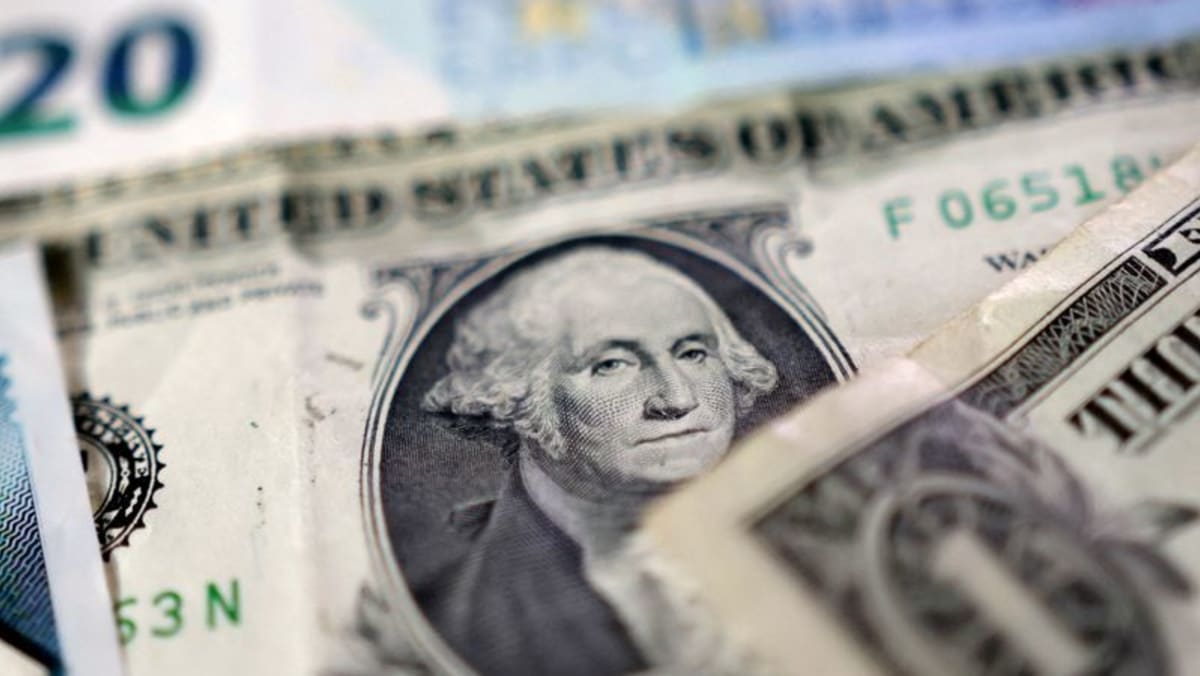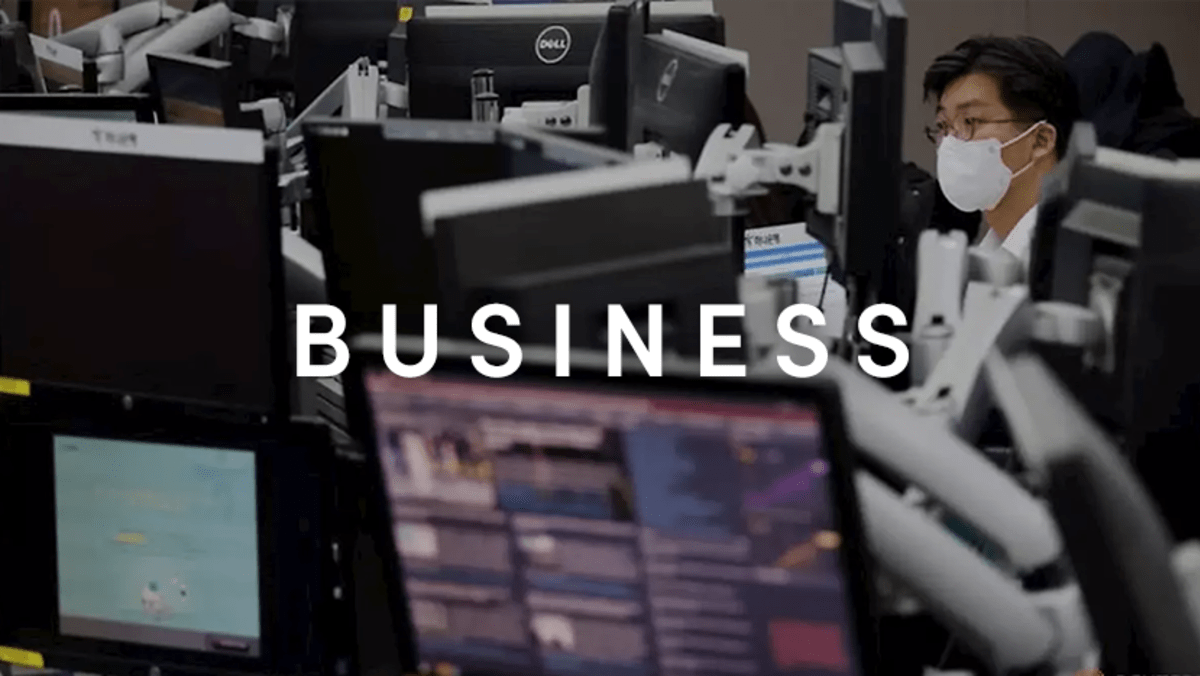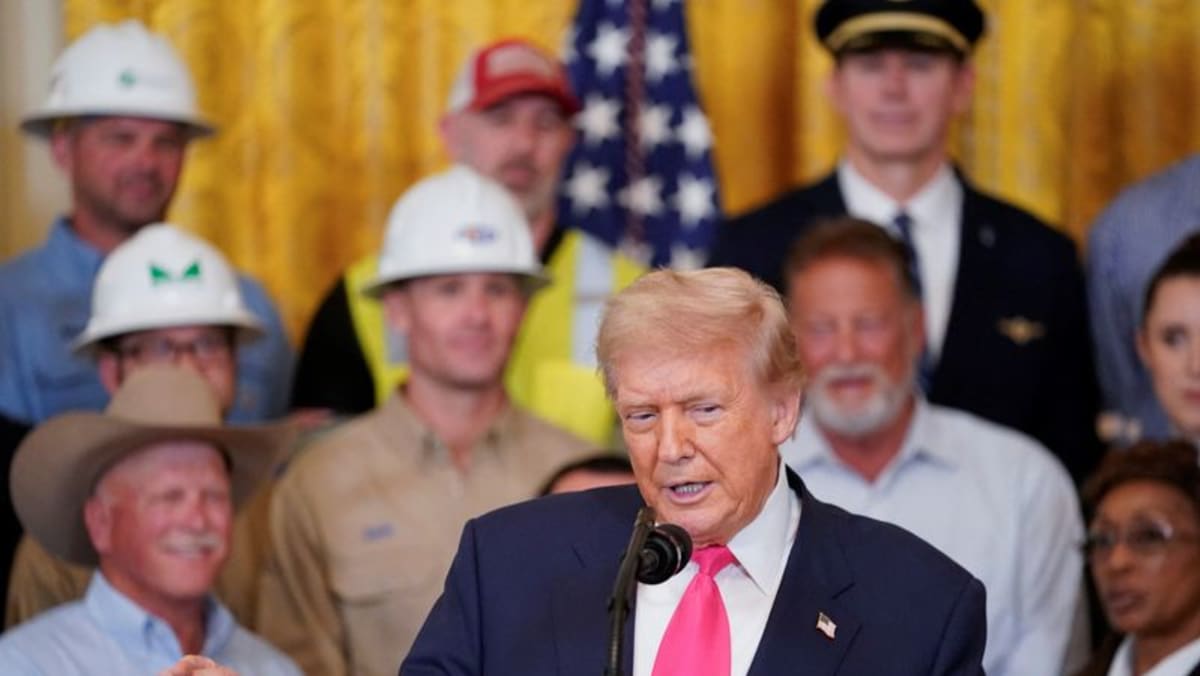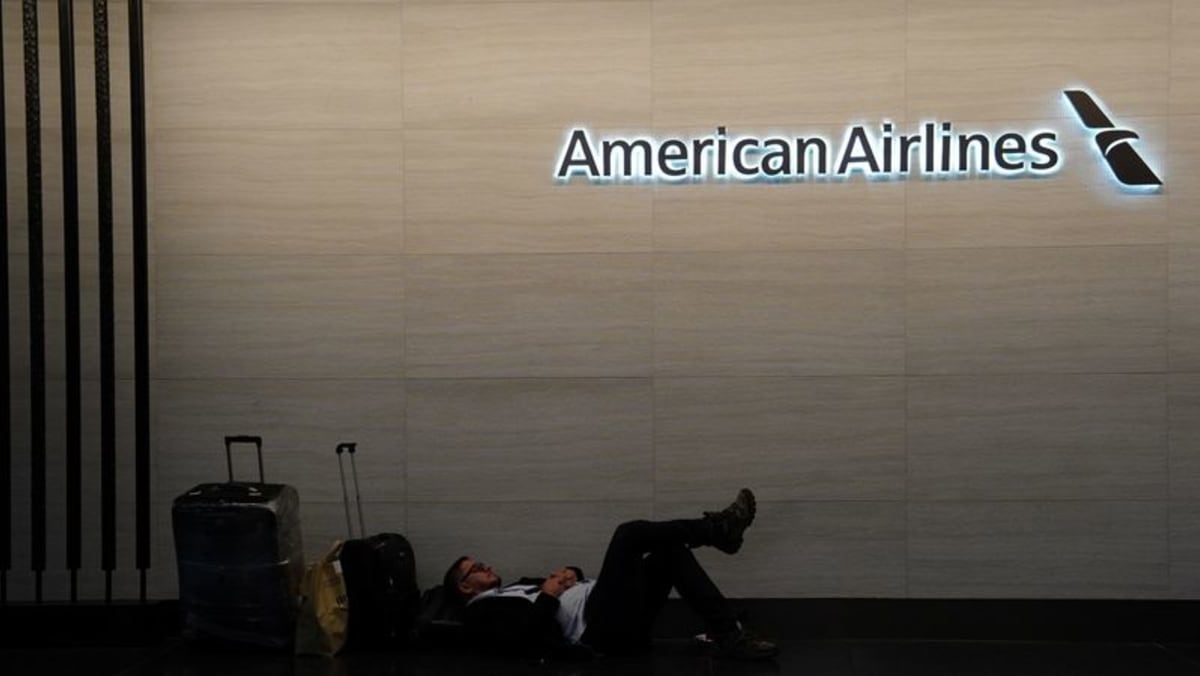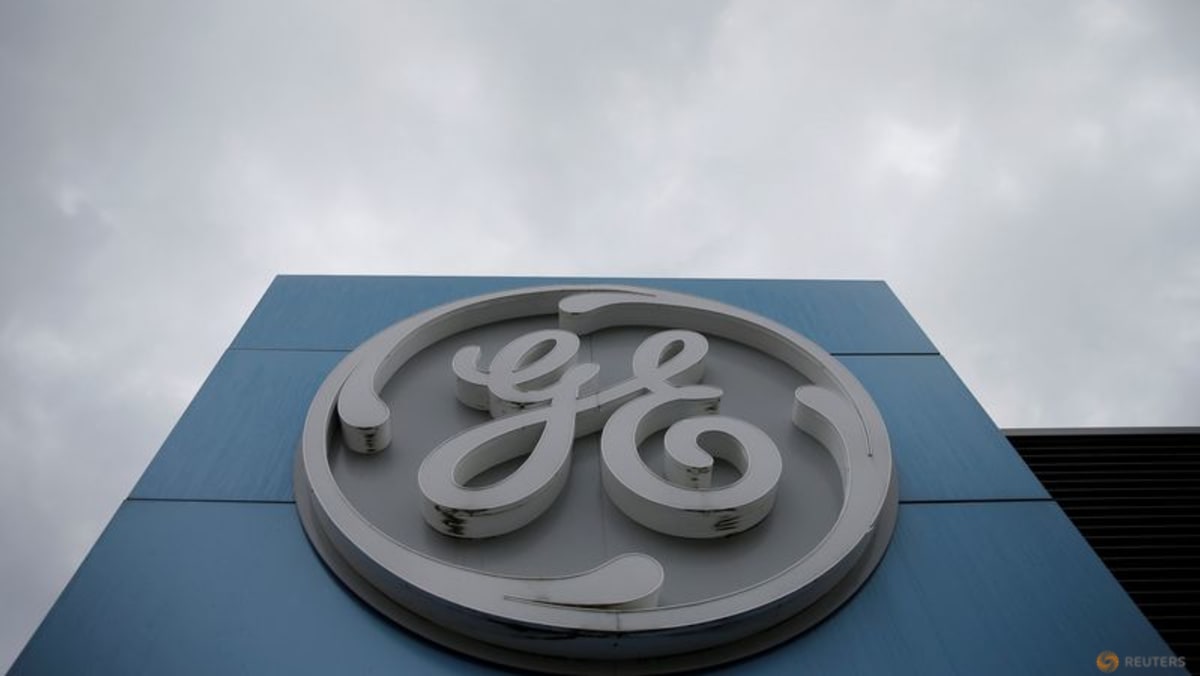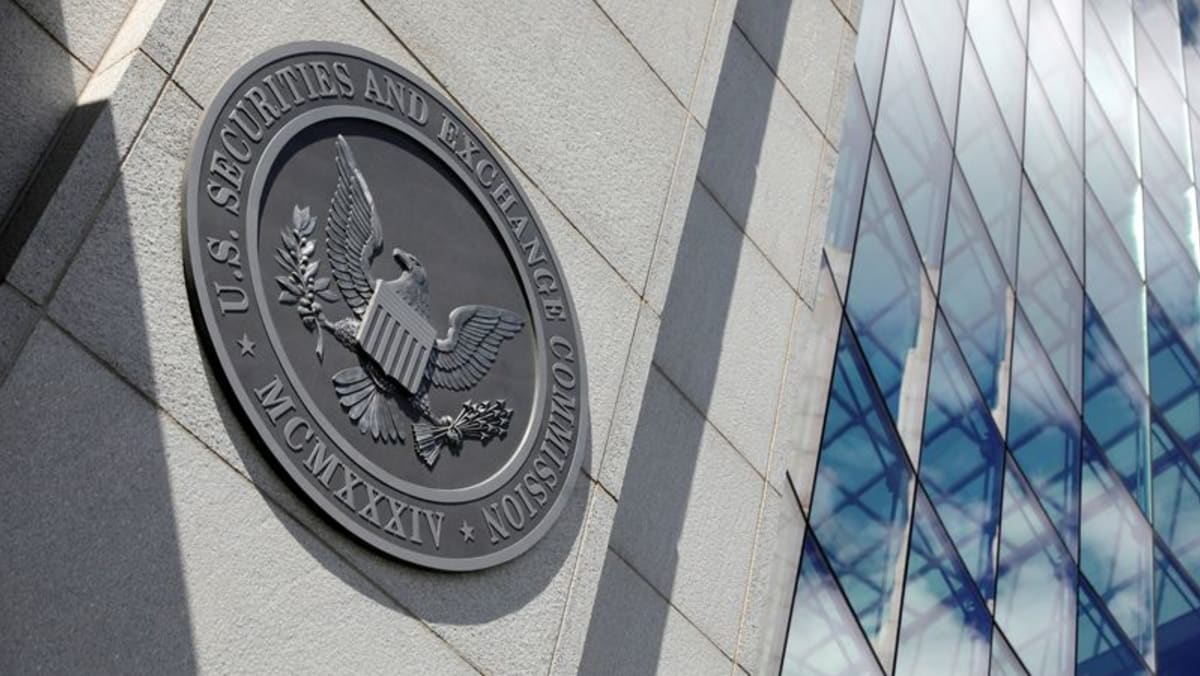NEW YORK: Long-threatened tariffs from US President Donald Trump have plunged the country into trade wars abroad – all while on-again, off-again new levies continue to escalate uncertainty.
Trump is no stranger to tariffs. He launched a trade war during his first term, taking particular aim at China by putting taxes on most of its goods. Beijing responded with its own retaliatory tariffs on US products ranging from fruit to automotive imports. Meanwhile, Trump also used the threat of more tariffs to force Canada and Mexico to renegotiate a North American trade pact, called the US-Mexico-Canada Agreement, in 2020.
It’s all part of a deeply held philosophy that stretches back decades. In a 1988 appearance on The Oprah Winfrey Show, Trump warned that the US was being “ripped off” by trading partners and floated the idea of imposing tariffs – foreshadowing the hardline trade policies that would later define his presidency.
When President Joe Biden took office, he preserved most of the tariffs Trump previously enacted against China, in addition to imposing some new restrictions – but his administration claimed to take a more targeted approach.
Fast-forward to today, and economists stress there could be greater consequences on businesses and economies worldwide under Trump’s more sweeping tariffs this time around – and that higher prices will likely leave consumers footing the bill. There’s also been a sense of whiplash from Trump’s back-and-forth tariff threats and responding retaliation seen over the last few months.
Here’s a timeline of how we got here:
JAN 20
Trump is sworn into office. In his inaugural address, he again promises to “tariff and tax foreign countries to enrich our citizens.” And he reiterates plans to create an agency called the External Revenue Service, which has yet to be established.
On his first day in office, Trump also says he expects to put 25 per cent tariffs on Canada and Mexico starting on Feb 1, while declining to immediately flesh out plans for taxing Chinese imports.
JAN 26
Trump threatens 25 per cent tariffs on all Colombia imports and other retaliatory measures after President Gustavo Petro’s rejects two US military aircraft carrying migrants to the country, accusing Trump of not treating immigrants with dignity during deportation.
In response, Petro also announces a retaliatory 25 per cent increase in Colombian tariffs on US goods. But Colombia later reversed its decision and accepted the flights carrying migrants. The two countries soon signaled a halt in the trade dispute.
FEB 1
Trump signs an executive order to impose tariffs on imports from Mexico, Canada and China – 10 per cent on all imports from China and 25 per cent on imports from Mexico and Canada starting Feb 4. Trump invoked this power by declaring a national emergency – ostensibly over undocumented immigration and drug trafficking.
The action prompts swift outrage from all three countries, with promises of retaliatory measures.
FEB 3
Trump agrees to a 30-day pause on his tariff threats against Mexico and Canada, as both trading partners take steps to appease Trump’s concerns about border security and drug trafficking.
FEB 4
Trump’s new 10 per cent tariffs on all Chinese imports to the US still go into effect. China retaliates the same day by announcing a flurry of countermeasures, including sweeping new duties on a variety of American goods and an anti-monopoly investigation into Google.
China’s 15 per cent tariffs on coal and liquefied natural gas products, and a 10 per cent levy on crude oil, agricultural machinery and large-engine cars imported from the US, take effect Feb 10.
